Blink's Video Doorbell — Is This Wireless Model Worth It? Our Full Review
We get hands on with Blink's video doorbell and rate its usability, image and sound quality, set-up and more
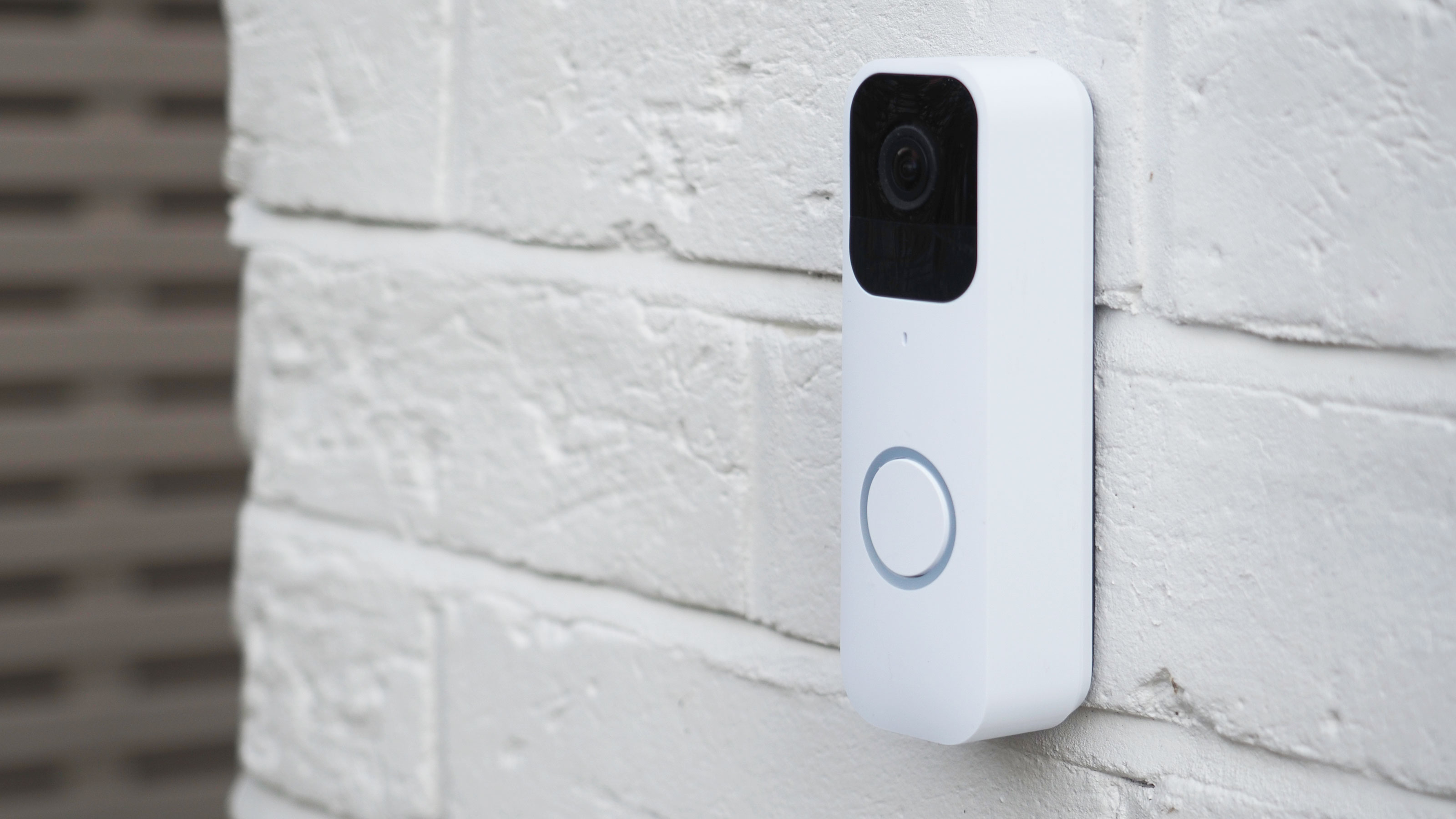
For the price, Blink's video doorbell delivers on the basics you'd hope for. Is it best? No, and possibly not even at this price point, but it remains a solid choice for anyone looking to add smart capabilities to their front door.
-
+
Low price
-
+
Modern, sleek design
-
-
Limited functionality on its own
Livingetc knows design.

You might not notice at first glance, but Blink is one of Amazon's "own brand" video doorbell offerings. Alongside Amazon's Ring system, Blink represents a slightly more budget, affordable price point for anyone looking to add smart capabilities to their front door.
And the value can't be disputed, retailing at $59.99. However, it's only worth that investment if the doorbell works for what you need. To find out whether this budget video doorbell is a good choice, or whether it's better to invest a little more in a different model (the Blink vs Ring doorbell debate rages on), we put the Blink doorbell through its paces.
Blink Video Doorbell: Key Specs
- Power: 1.5v AA battery, or hardwired
- Resolution: Up to 1080p
- Field of view: 135° horizontal, 80° vertical
- Storage: Cloud (subscription), local storage (with Sync Module)
- Finishes: White or Black
- Dimensions: H5" x W1.6" x D1.3"
Design
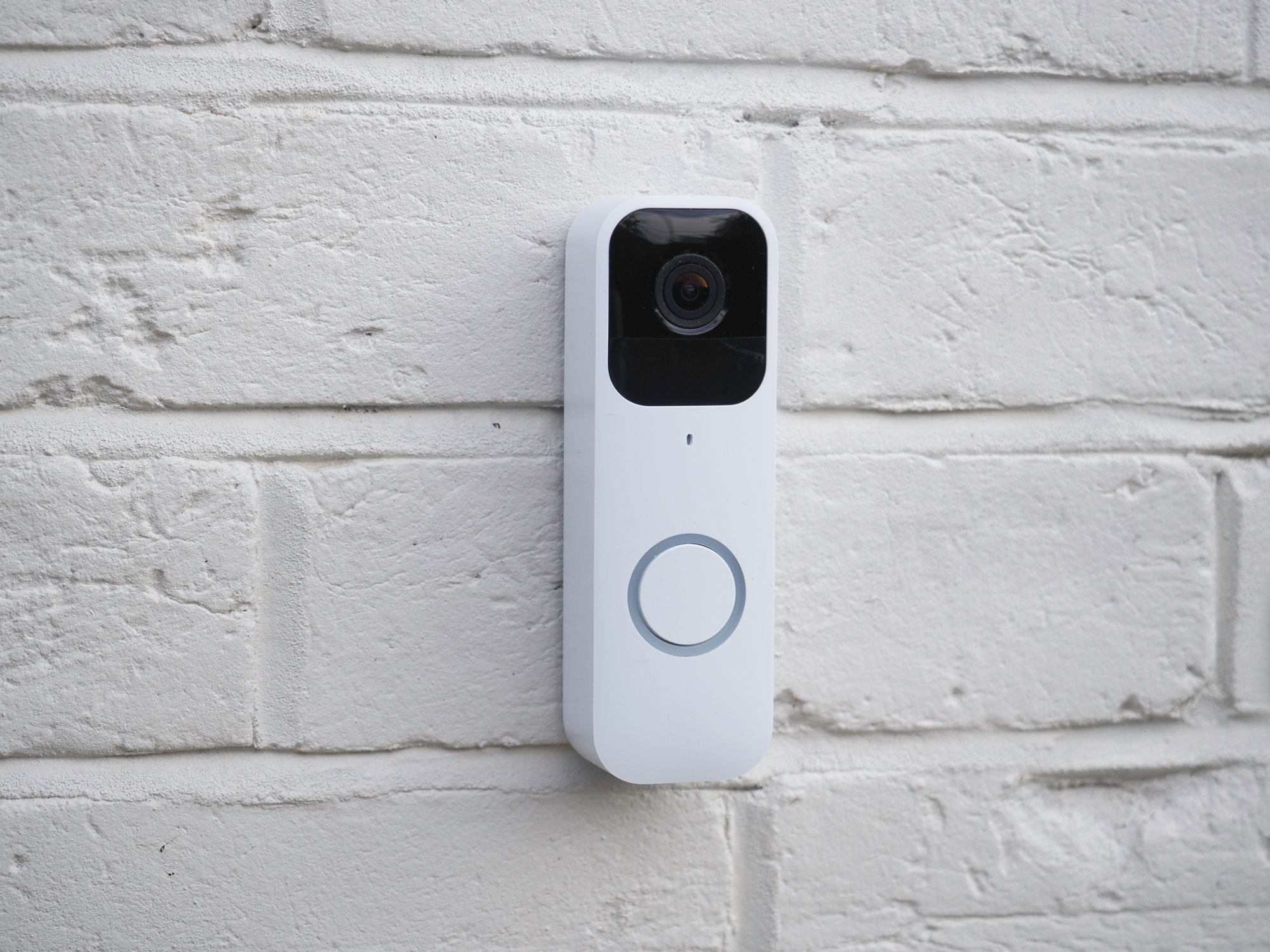
It might not be everybody's first concern, but here at Livingetc, we want our wireless doorbells to deliver on curb appeal, as well as performance. And, in the realms of video doorbell design, I rate Blink well against our list of the best video doorbells.
It's a simple, minimalist style of video doorbell shared by more expensive tech brands, and particularly in the black colorway, it feels discreet enough to play a background role in your home's presentation. In summary — not as pretty as something like the Google Nest, but prettier than the Ring doorbell, in my opinion.
Set-up
The set-up process itself was particularly easy, in theory anyway. After downloading the Blink app, you use your device's camera to scan a QR code on the back of the doorbell, run through a few simple steps, including connecting to your WiFi network, and it's up and running.
In reality, I had a few issues getting notifications to pull through to my device on first set-up. Even when armed, notifications were irregularly registering in the app, both for movement and when the doorbell button was pressed. It's a problem that resolved itself in time, but caused a fair bit of frustration when first set up.
The physical installation is easy. The doorbell comes with a template for fixing to your walls, so as long as you're comfortable with a power drill you shouldn't have any problems installing.
I opted for the wireless installation route, but there's a guide for installing with existing wires. Better security and enhanced features might affect your choice in the wired vs wireless doorbell debate.
Features
- 1080p HD video during day, Infrared HD at night
- Two-way audio with recording
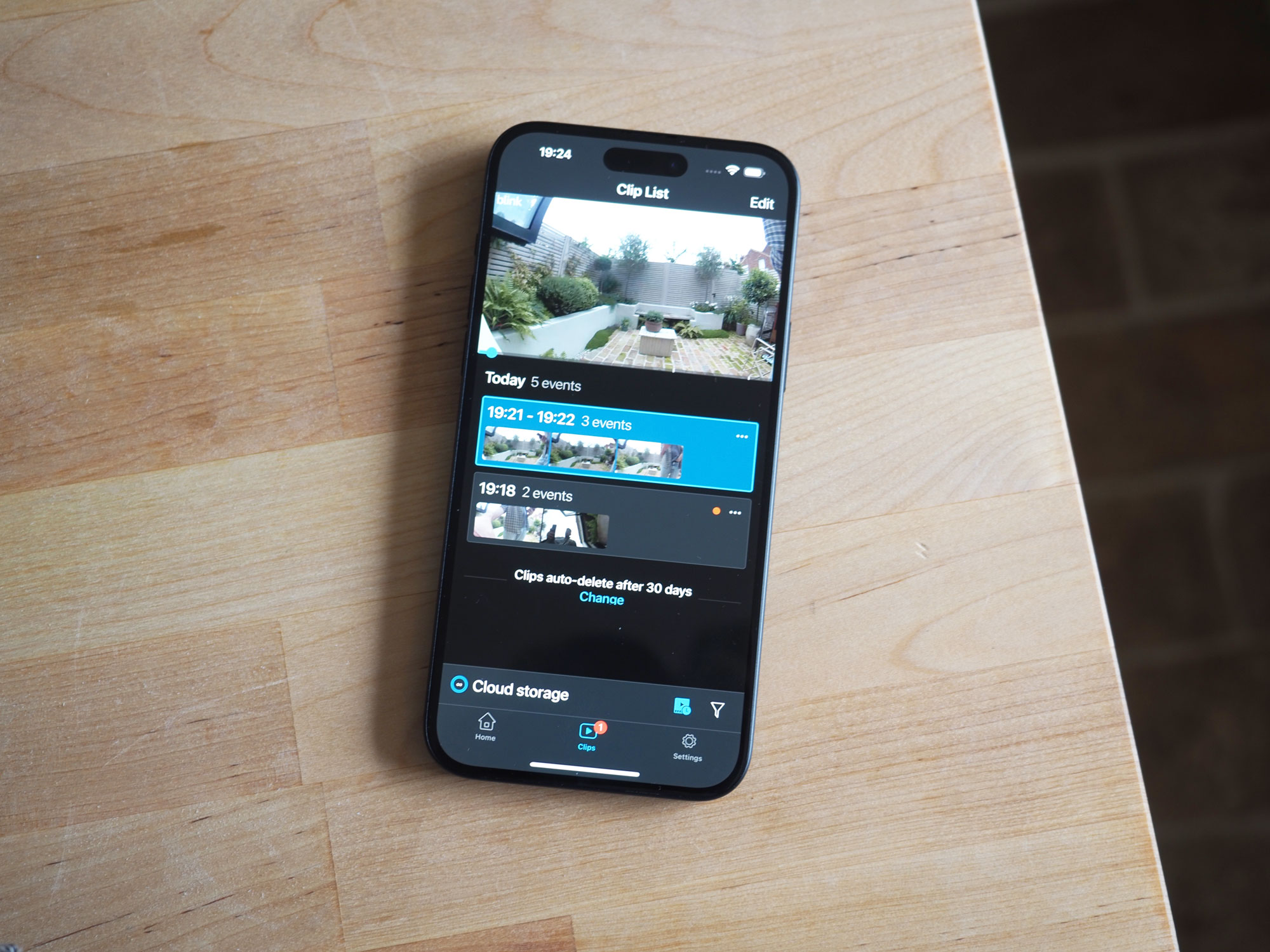
When you're looking to buy a Blink doorbell, you'll see options for the doorbell standalone, and one with a Sync Module. The price difference is $10 (both on sale and not), and while you might be tempted to take the cheaper route, you might find it proves a false economy.
Without the Sync Module, you'll need to pay a monthly subscription for storage, and you also won't be able to use the Live View on the doorbell when using it wirelessly. Without the sync module, or being wired in, you'll only get to use the device in Event Response mode, which means you can only view the camera live, and use the likes of two-way audio, when you catch a notification within 60 seconds.
Performance
Comparing it to Ring's operating system, the Blink set-up feels a little clunkier, and I found I had a few frustrations with the in-app experience, both in terms of operating the doorbell's settings, and interacting with the live view and notifications.
When it does work, the video and sound quality feels comparative to other video doorbells I've tested. You can take a look at a view of the video quality, below.
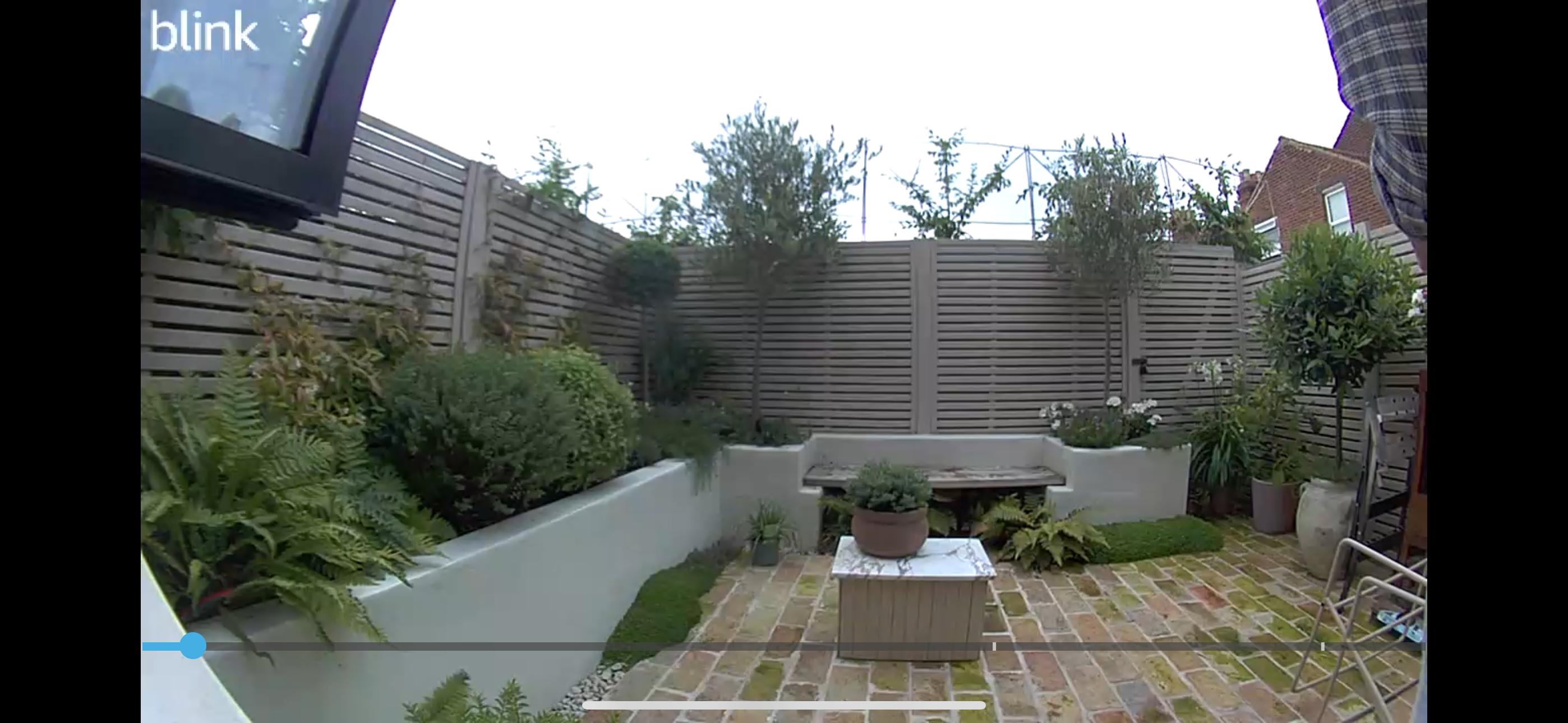
Unlike many other smart doorbell models, the Blink uses AA batteries over a re-chargeable battery when using it wirelessly. This may or may not be to your preference. It does mean less having to worry about recharging and having a spare battery to swap in while you do, but does mean keeping a store of AA batteries spare for when your doorbell does run out. The app gives you plenty of warnings about settings that may deplete your doorbell's battery quicker, but Amazon suggests your batteries will last two years on default settings — a different ballpark than the rechargeable battery models that tend to last a week or two. I haven't tested it for that long, however, and some reviews say that, realistically, some settings will drain the batteries after a few months.
Subscription
Blink offers you a 30 day free trial of its Blink Subscription Plan when you sign up. You'll need this if you want to store video from your doorbell on the cloud — whether you need this depends on whether you want it to act as a security device as well as an actual doorbell.
The Blink plan is $10 a month for a whole system, or just $3 for an individual product — meaning if you're just using the doorbell, it'll cost you half a cup of coffee to run for the month.
Our verdict
I've tested a fair few of the most popular doorbell brands, and in comparison, the Blink Video doorbell doesn't, necessarily, blow me away. Once you get used to the app interface, it will deliver on what you're looking for in a budget doorbell, however, so if you're looking for a simple entrypoint into adding smart features to your front of house, it's a price that's hard to beat, especially when discounted during one of Amazon's many sales.
If you have a little more to spend, the Ring doorbell is a better investment, in my opinion.

Hugh is Livingetc.com’s editor. With 8 years in the interiors industry under his belt, he has the nose for what people want to know about re-decorating their homes. He prides himself as an expert trend forecaster, visiting design fairs, showrooms and keeping an eye out for emerging designers to hone his eye. He joined Livingetc back in 2022 as a content editor, as a long-time reader of the print magazine, before becoming its online editor. Hugh has previously spent time as an editor for a kitchen and bathroom magazine, and has written for “hands-on” home brands such as Homebuilding & Renovating and Grand Designs magazine, so his knowledge of what it takes to create a home goes beyond the surface, too. Though not a trained interior designer, Hugh has cut his design teeth by managing several major interior design projects to date, each for private clients. He's also a keen DIYer — he's done everything from laying his own patio and building an integrated cooker hood from scratch, to undertaking plenty of creative IKEA hacks to help achieve the luxurious look he loves in design, when his budget doesn't always stretch that far.
-
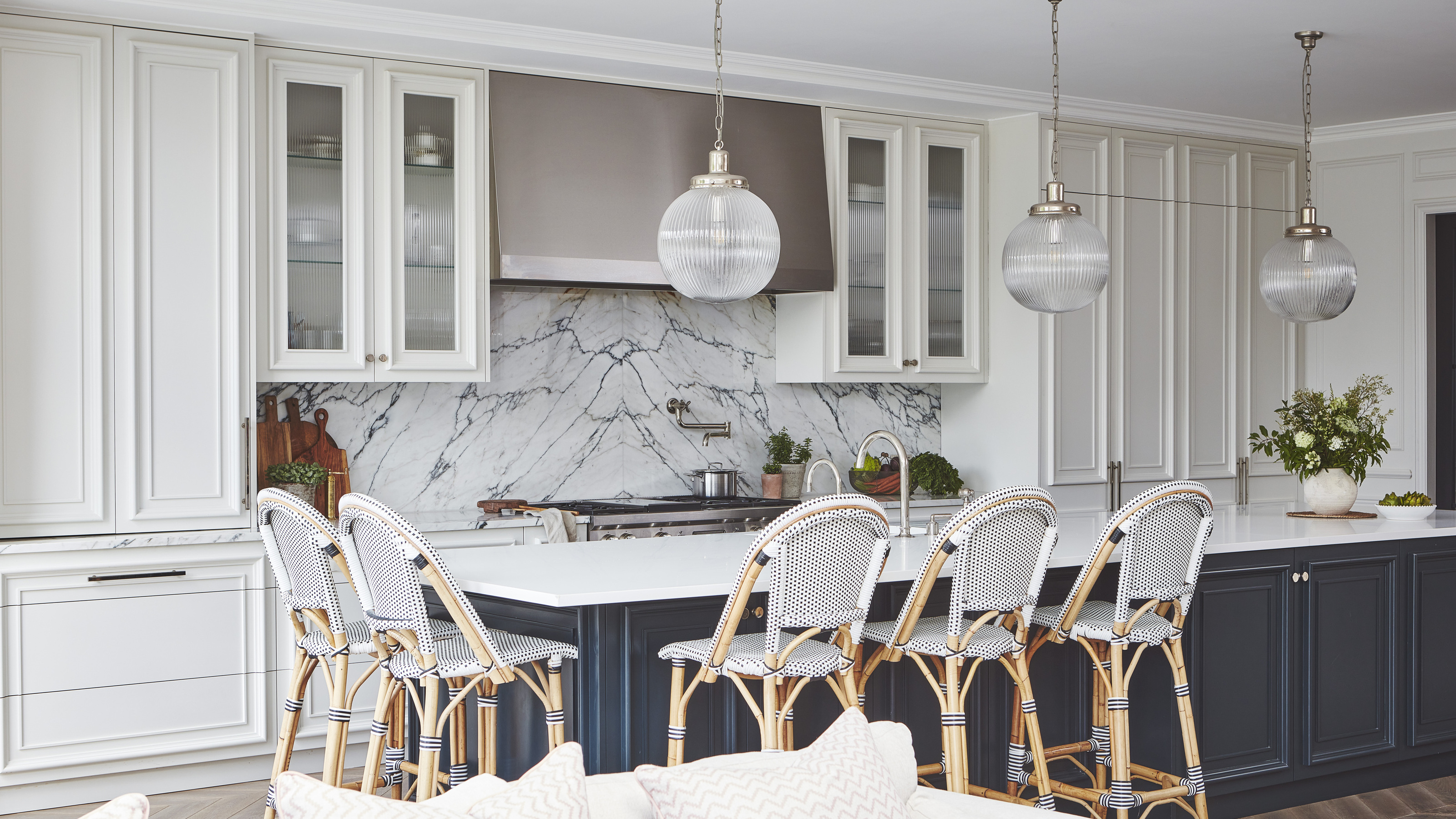 The 90s Kitchen Trends We're Seeing Come Back in 2025 — 5 Features Making Waves in Modern Designs
The 90s Kitchen Trends We're Seeing Come Back in 2025 — 5 Features Making Waves in Modern DesignsA quarter of a century later, 90s-inspired interiors are back, serving kitchen nostalgia with a contemporary twist
By Lilith Hudson Published
-
 Fashion Week in Disguise? Milan Design Week 2025 Proves the Future Is Furniture
Fashion Week in Disguise? Milan Design Week 2025 Proves the Future Is FurnitureCall it a furniture fair or call it fashion’s next frontier — these are the sartorially charged events worth attending this season
By Julia Demer Published
-
 7 Ideas to Steal From Milan Design Week's 'Apartments' — Rooms Decorated by the World's Best, and Most Creative, Designers
7 Ideas to Steal From Milan Design Week's 'Apartments' — Rooms Decorated by the World's Best, and Most Creative, DesignersAt Milan Design Week, some of the most exciting showcases of design are delivered in beautifully decorated apartments, conceived to push the boundaries of design today
By Hugh Metcalf Published